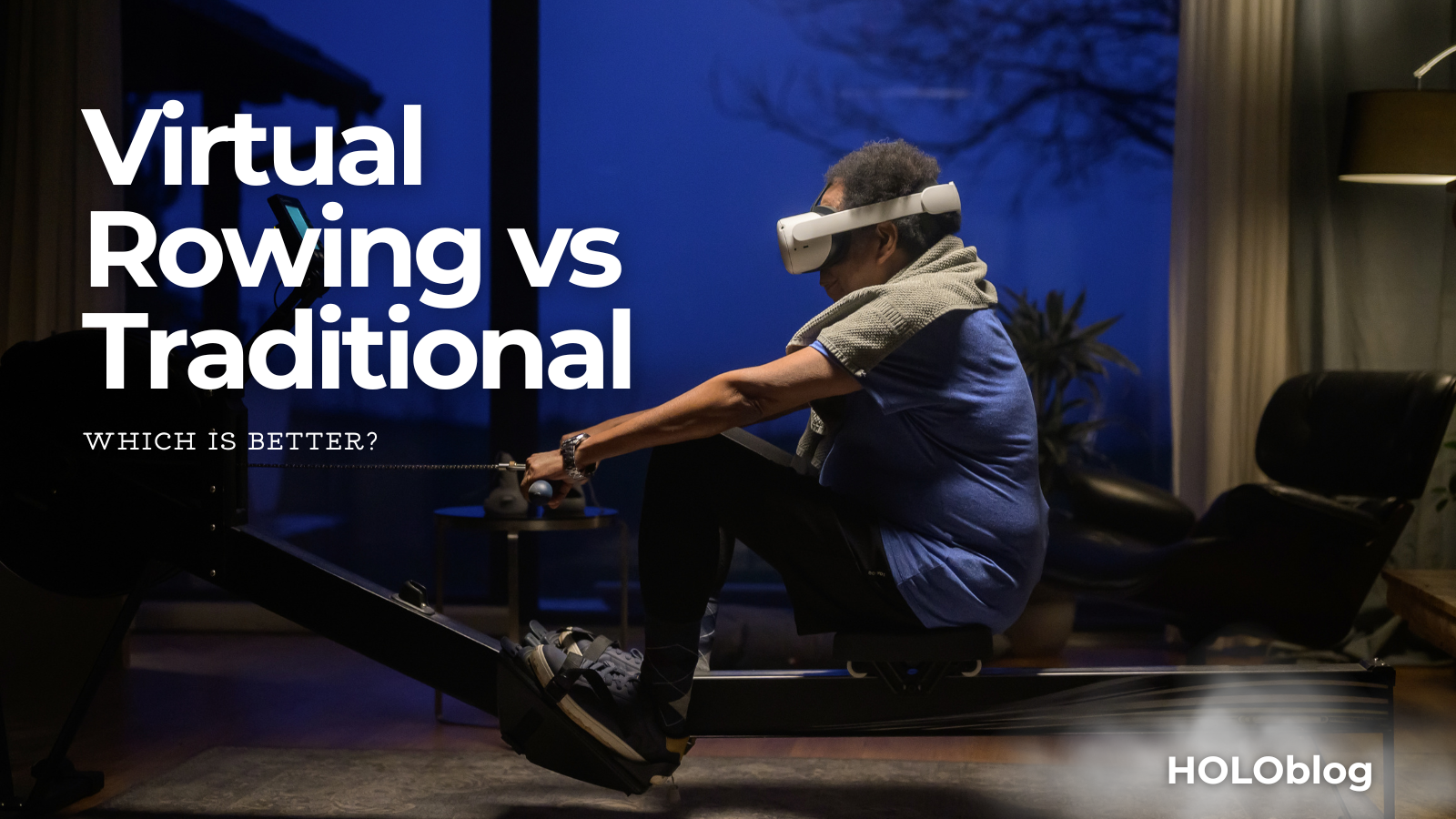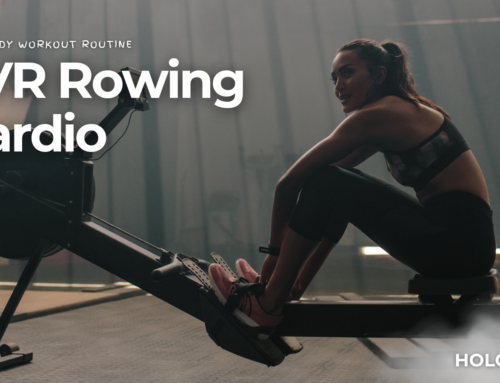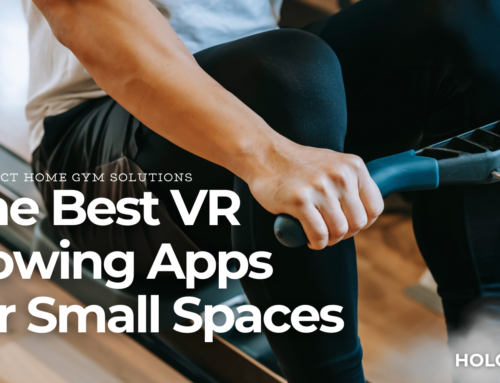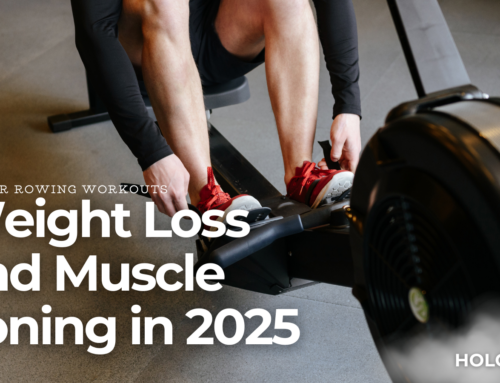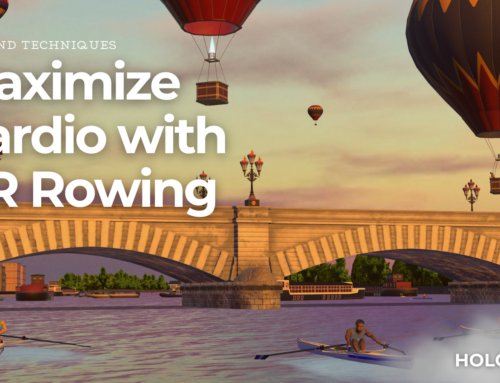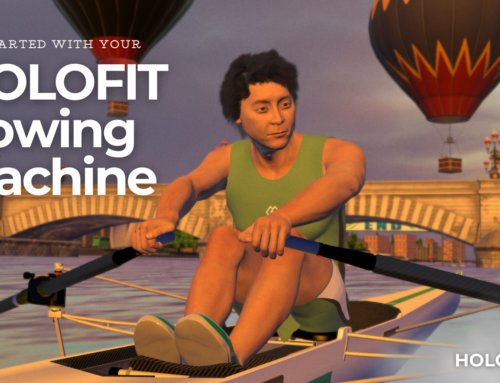Indoor rowing is amazing: it’s a low-impact cardiovascular exercise that activates the majority of your body’s muscles and burns plenty of calories. But where do virtual rowing machines fit in?
Is virtual rowing better than traditional rowing? More importantly, how do you know which one is right for you? We’ll help you come to that answer today, but let’s start from the beginning.
Rowing machines are a popular choice for fitness enthusiasts looking to achieve their health goals: whether that may be losing weight, improving health, or improving performance. One thing is for sure: you won’t go wrong with indoor rowing.
One of the biggest advantages of rowing machines is the fact they engage several different muscle groups, including your back, legs, arms, and core. This type of exercise also boosts cardiovascular health, helping you improve endurance and overall fitness.
Indoor Rowing Benefits
1. Cardiovascular Improvements
Rowing machines provide an excellent cardiovascular workout. This exercise helps your heart and lungs work more efficiently.
Your heart rate increases while you brown and your body ends up using more oxygen. This process strengthens your heart and improves your lung capacity, making it easier for your body to transport oxygen during physical activities.
Additionally, rowing can help lower blood pressure and improve circulation. It can be compared to high-intensity interval training, known for its cardio benefits. Because of these health benefits, rowing can be a key part of maintaining or improving general fitness levels.
2. Muscle Strengthening
Rowing is a full-body workout that targets various muscle groups. It actually activates around 85% of your body since it works your legs, arms, back, and core.
The drive phase of the rowing movement targets your legs: your glutes, quads, and hamstrings are highly engaged. On the other hand, you work your arms and shoulders while pulling the rowing machine handle to your chest.
This exercise is effective for building muscle endurance, not just in the limbs but also in the trunk and back muscles. Regular rowing can help tone and strengthen muscles, providing a balanced body workout that aligns with many fitness goals.
3. Low-Impact Exercise Benefits
One of the standout features of rowing machines is that they provide a low-impact workout. In comparison with a workout like jogging or sprinting, there is much less stress on your join in rowing workouts.
Because of this, rowing is a great alternative for people who experience joint pain or people currently in recovery from injuries.
4. Impacts on Mental Health
Rowing has a calming effect due to its steady and rhythmic movement. This workout releases endorphins, chemicals in the brain that act as natural painkillers and mood enhancers.
Endorphins reduce stress and anxiety, contributing to better mental health.
The meditative nature of rowing, similar to yoga, helps you focus on your breathing and movement. This could be the kind of break from daily worries that you need, and improve your overall mood and boost concentration.
Regular rowing can create a routine that supports both body and mind.
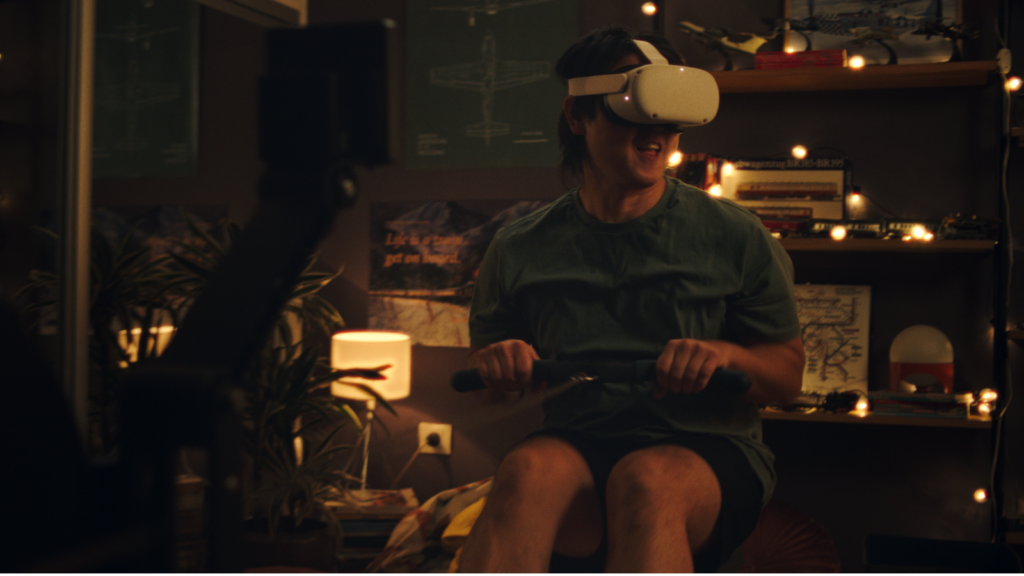
5. Enhancement of Posture and Flexibility
Rowing strengthens muscles that support good posture, such as the back, shoulders, and core. This can prevent slouching and reduce back pain. Better posture improves balance and lowers the risk of injury during other physical activities.
Rowing also enhances flexibility, as its repetitive, controlled movements help stretch and tone muscles. This increases suppleness and reduces stiffness.
With consistent practice, rowing can enhance your range of motion, making everyday tasks easier and more comfortable. Together, improved posture and flexibility promote a stronger, more resilient body.
However, while there are numerous benefits, there are also a few considerations to keep in mind.
Using a rowing machine can be difficult without proper form, and improper technique may increase the risk of injury.
Additionally, they may not be the most exciting workout option for everyone. The rhythmic movement and its calming effect can turn into extreme boredom if you are not able to motivate yourself to continue rowing.
That’s where virtual rowing comes in.
How is Virtual Rowing Different?
Traditional rowing requires concentration and the ability to focus on repetitive movements without giving up when it gets boring. And it does get boring, fast.
Virtual rowing, on the other hand, gives you the opportunity to “zone out” and focus on the virtual world you are in, instead of focusing solely on your movements.
Virtual rowing is also different in that it emphasizes the experience, and the challenging/competitive/simple fun of it, whereas in traditional rowing the emphasis is primarily on the numbers shown on the small rowing machine screen.
Are you still rowing properly in virtual rowing? Yes, you should be able to.
Will you get the same results in virtual rowing as in traditional rowing? Yes! In fact, you should actually be able to row longer with virtual than traditional rowing, as the studies have shown the ability of virtual workouts to help extend the workout time for users.
One such study, done by the University of Kent, concluded that using Virtual Reality (VR) headsets while exercising can reduce pain and increase how long someone can sustain an activity. Great, right?!

So Which One is Better For You: Traditional or Virtual Rowing?
It depends on your exercise style and your personality.
1. You might want to focus on your rowing style and posture, and on following your stroke rates on the erg monitor. You need full concentration for it, you can self-motivate, and you are certain to be able to go for 30, or even 60 minutes in the same rhythm, without needing any additional entertainment. You can call yourself an athlete.
In this case, traditional rowing is more than enough for you.
2. On the other hand, you might be someone who uses your row erg to improve your overall fitness level, get your recommended weekly cardio done, and keep your health and fitness in good shape. You don’t love exercising but appreciate the benefits it brings you.
You need to watch something on a screen, listen to a podcast, or have some kind of distraction while working out: counting down the minutes on your row erg is simply not enough for you.
In this case, virtual rowing would be the best way to ensure that your rowing training is not only fun and challenging but also effective enough because you won’t quit when it gets boring.

How Can You Start Virtual Rowing?
Easy: if you already have a rowing machine, you just need to get a Meta Quest VR headset and install HOLOFIT by Holodia on it. The headset connects to your row erg, and you get to choose from more than 100 workout options in HOLOFIT.
And if you’re still not sure what’s right for you, this checklist can help you determine if you would benefit more from traditional or virtual rowing.
- I know exercising is good for me, I do it for my health and fitness, but I need help with my motivation. YES/NO
- The time spent on my rowing machine goes slow and I have difficulties rowing the full session I planned on doing. YES/NO
- It’s much easier for me to exercise on my rowing machine if I do it while I watch a good movie/listen to music or a podcast. YES/NO
If you have more positive than negative answers, you are better fitted for virtual rowing.
Regardless of which group you’ve put yourself into, the benefits of rowing, and in particular virtual rowing are many. Even as an athlete, occasional virtual rowing could help you spice up your workouts and make them fun – an opportunity you shouldn’t miss!
The good news is that the HOLOFIT VR rowing app offers a 7-day free trial, so you can give virtual rowing a try without any commitment. Read this full guide on setting up your rowing machine for virtual rowing and get started today!

